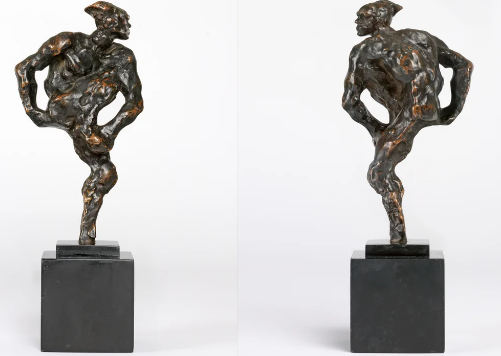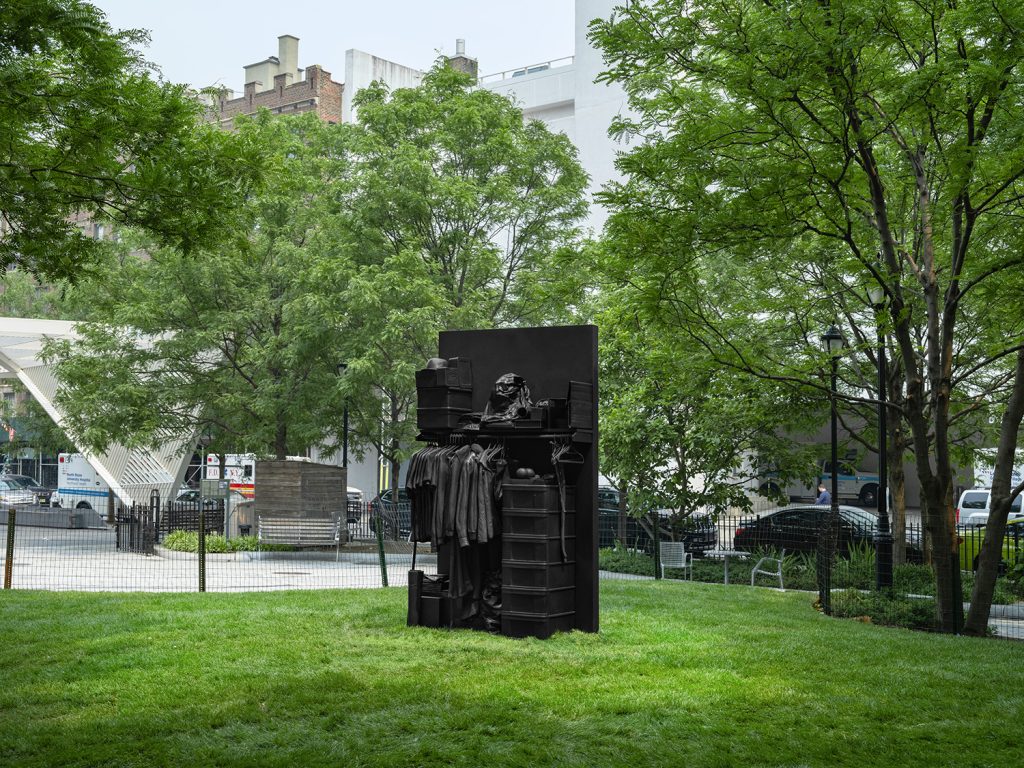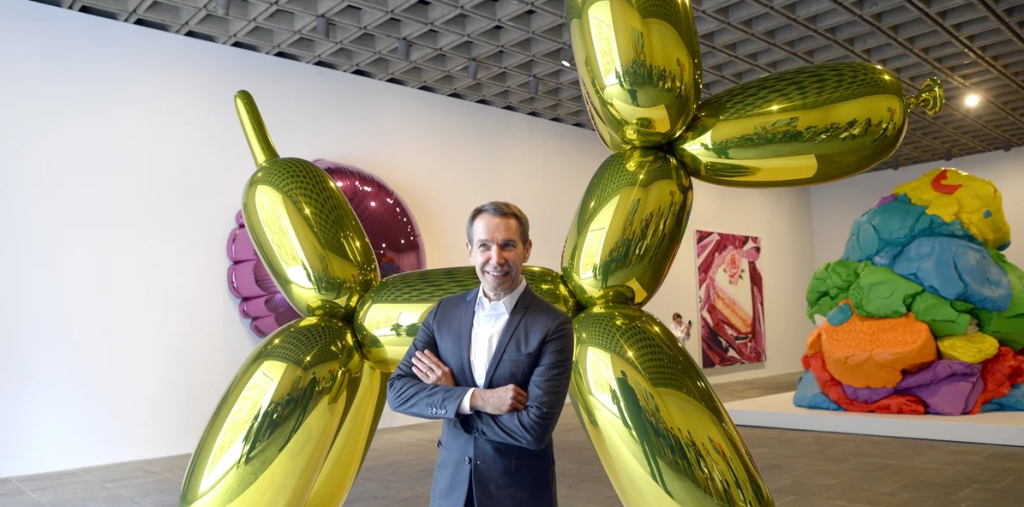The Dance of Creativity: How Rodin and Nijinsky Shaped Modern Art
Art has always been a reflection of human emotion, expression, and culture, and few figures stand out like Auguste Rodin and Vaslav Nijinsky. Their groundbreaking work not only revolutionized sculpture and dance but also paved the way for modern art as we know it today. Understanding their contributions can deepen our appreciation of contemporary artistic endeavors.
Rodin’s Mastery of Emotion
Auguste Rodin is often hailed as the father of modern sculpture. His ability to convey raw emotion through stone transformed how artists viewed their medium. Unlike traditional sculptors who aimed for perfection and idealism, Rodin embraced the beauty of imperfection and movement. His works, like “The Thinker” and “The Kiss,” capture fleeting moments of raw human emotion and physicality. By focusing on the inner life of his subjects, Rodin invited viewers to engage more deeply with his art, setting a precedent for emotional storytelling in sculpture.
Nijinsky’s Revolutionary Dance
Vaslav Nijinsky, meanwhile, is considered one of the most influential dancers and choreographers in the early 20th century. His innovative movements and theatrical performances shattered conventional norms of ballet. By incorporating more natural and expressive forms of movement, Nijinsky’s work, such as “The Afternoon of a Faun,” broke away from the rigid structures of classical ballet. His choreography emphasized the emotional experience of dance, making it a vehicle for storytelling rather than just a series of athletic poses. This shift inspired generations of dancers and choreographers to explore new ways of expression.
The Intersection of Art Forms
The synergy between Rodin and Nijinsky illustrates the interconnectedness of art forms in early modernism. Both artists sought to explore human experience in profound, innovative ways. Rodin’s sculptures often exhibit a sense of movement that resonates with Nijinsky’s choreography, as if one could almost feel the dancers’ energy emanating from Rodin’s stone figures. This interplay between sculpture and dance encourages artists to move beyond conventional mediums and explore the essence of human emotion in their work.
Conclusion
Rodin and Nijinsky challenged the boundaries of their respective arts and laid the groundwork for modern creativity. Their innovations resonate even today, influencing artists across mediums to explore deeper emotional connections in their works. To appreciate modern art fully, one must recognize the legacies of these two titans. Why not dive into their fascinating stories and see how they might inspire your own creative journey?


